Introduction
Vedic astrology, known as Jyotish (meaning "science of light"), is an ancient Indian system that interprets celestial movements to provide insights into human affairs. Rooted in the Vedas—India's oldest sacred texts—Vedic astrology offers a spiritual perspective on life's journey, emphasising karma, dharma, and cosmic timing.
Origins of Vedic Astrology
Vedic astrology dates back thousands of years, with its principles documented in ancient scriptures like the Vedanga Jyotisha. Over time, scholars like Varahamihira and Parashara expanded upon these foundations, creating comprehensive texts that remain influential today.
Sidereal vs. Tropical Zodiac
One of the primary distinctions between Vedic and Western astrology lies in the zodiac system used:
Sidereal Zodiac (Vedic Astrology): Aligns with the actual constellations in the sky, accounting for the Earth's precession. This means the zodiac signs correspond to their current positions relative to the stars.
Tropical Zodiac (Western Astrology): Based on the Earth's seasons, it fixes the zodiac signs to specific dates, not accounting for the gradual shift in the Earth's axis.
As a result, your sun sign in Vedic astrology may differ from your Western sun sign. For instance, someone considered a Leo in Western astrology might be a Cancer in Vedic astrology.
Key Components of Vedic Astrology
Grahas (Planets): Nine celestial bodies, including the Sun, Moon, Mars, Mercury, Jupiter, Venus, Saturn, Rahu (north lunar node), and Ketu (south lunar node), each influencing different aspects of life.
Rashis (Zodiac Signs): Twelve signs, each spanning 30 degrees, representing various personality traits and life themes.
Bhavas (Houses): Twelve divisions of the sky in a birth chart, each signifying different life areas like career, relationships, and health.
Nakshatras (Lunar Mansions): 27 (or sometimes 28) divisions of the sky, each covering 13°20', offering deeper insights into personality and destiny.
Dasha System: A unique planetary period system that predicts life events based on the timing of planetary influences.
Importance of the Moon and Ascendant
In Vedic astrology, the Moon sign and Ascendant (Lagna) are given significant importance:
Moon Sign: Reflects one's mind, emotions, and inner self. It's crucial for understanding mental and emotional tendencies.
Ascendant (Lagna): Determines the starting point of the birth chart, influencing physical appearance, general demeanour, and life path.
These elements often provide more nuanced insights than the Sun sign, which is the primary focus in Western astrology.
Applications of Vedic Astrology
Vedic astrology serves various purposes:
Personal Guidance: Understanding one's strengths, challenges, and life purpose.
Relationship Compatibility: Assessing compatibility between partners, often used in arranged marriages in India.
Muhurta (Auspicious Timing): Selecting favourable times for significant events like weddings, business ventures, or travel.
Predictive Insights: Forecasting future events or trends in an individual's life using the Dasha system and transits.
Conclusion
Vedic astrology offers a profound and comprehensive system for understanding the interplay between cosmic forces and human life. By aligning with the sidereal zodiac and emphasising the Moon and Ascendant, it provides personalised insights that can guide individuals on their spiritual and worldly journeys.


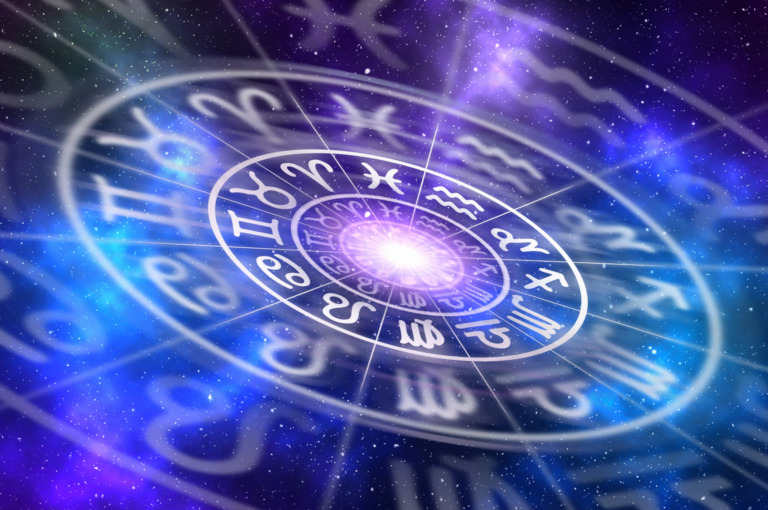
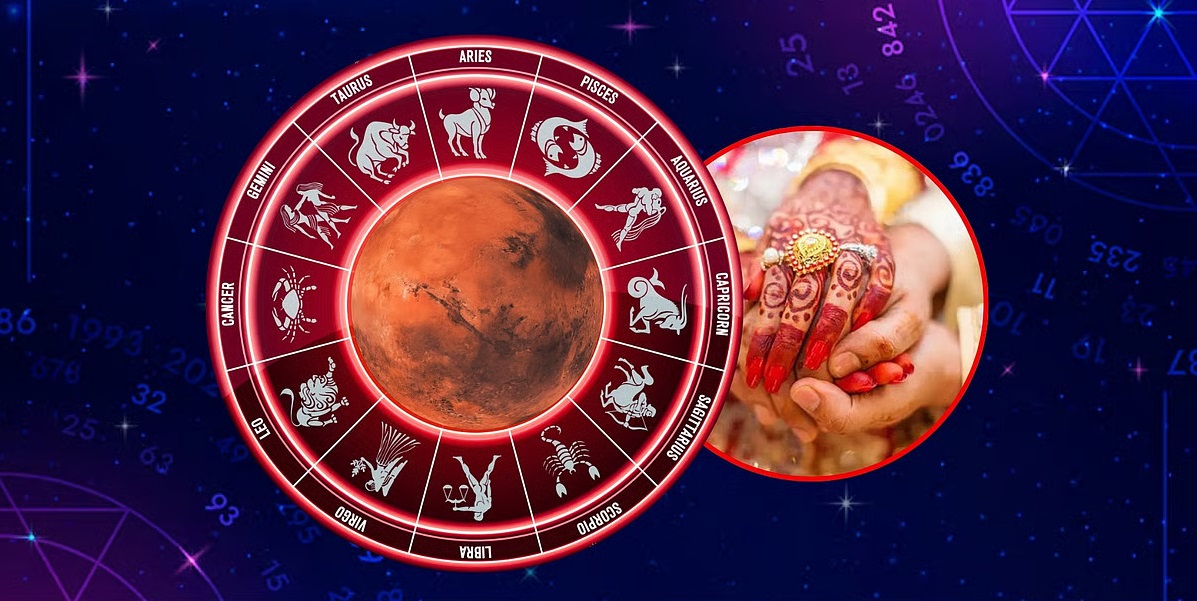
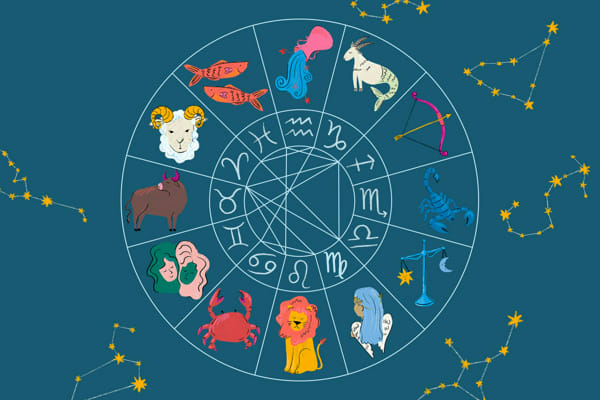
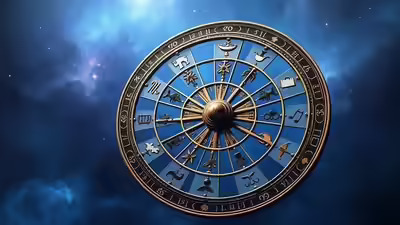
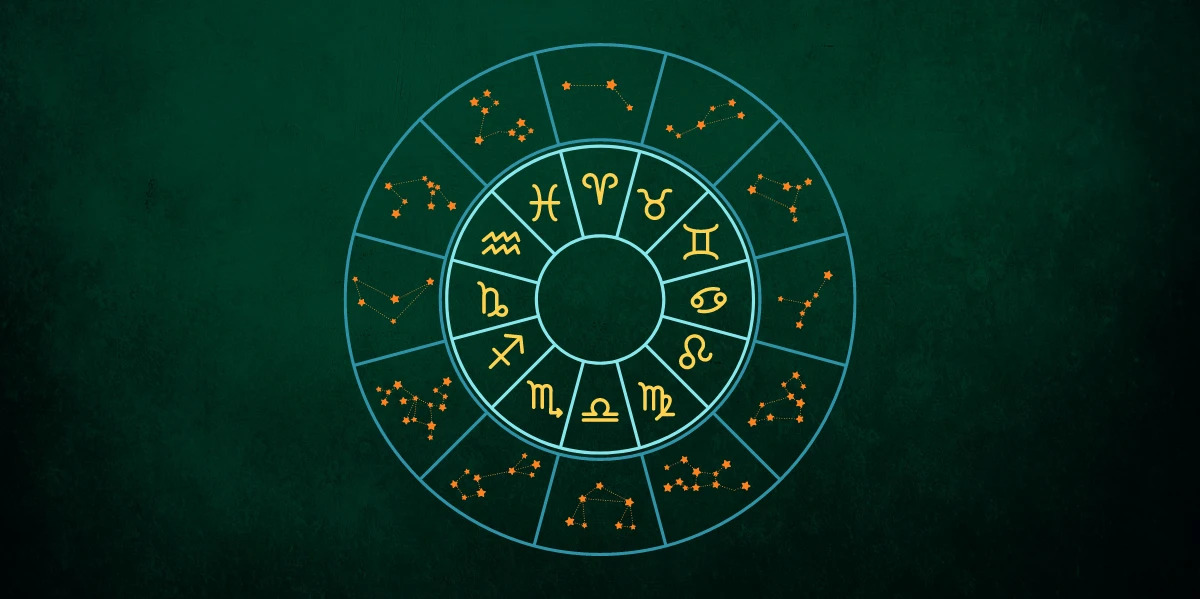

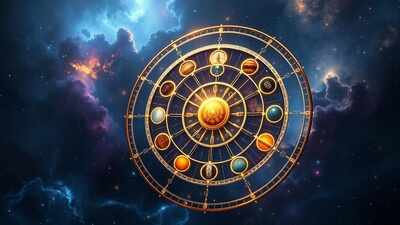




Recent Comments
No comments yet.